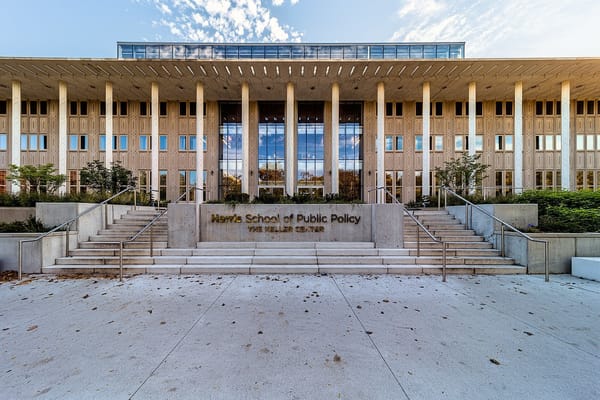Tracery is an architectural element that involves the intricate stone or woodwork patterns typically found in the upper sections of windows, particularly in Gothic-style buildings. These patterns are often composed of interlacing lines and shapes, creating decorative frameworks that support the glass panes of windows. Tracery can also be applied to screens, panels, and other architectural features, contributing both to structural integrity and aesthetic appeal.
The use of tracery in architecture dates back to the Gothic period, which began in the 12th century. Early examples of tracery are found in medieval cathedrals and churches across Europe, where it was used to enhance the visual impact of large stained-glass windows. Tracery evolved over time, starting with simple, geometric designs known as "plate tracery" and developing into more complex and elaborate patterns known as "bar tracery." The introduction of tracery allowed for larger and more intricate windows, which became a hallmark of Gothic architecture.
In the later Gothic period, tracery designs became more ornate, featuring flowing, curvilinear patterns that added a sense of movement and lightness to the structures. This evolution continued into the Renaissance and beyond, influencing various architectural styles that followed.
EXAMPLES IN CHICAGO:
- Tribune Tower: The Tribune Tower, completed in 1925 and designed by Howells and Hood, is one of Chicago's most famous buildings featuring Gothic Revival architecture. The tower's design incorporates tracery in its upper sections, particularly around the windows and the crown of the building. The intricate stonework in the windows, resembling traditional Gothic tracery, adds to the tower's majestic and historic appearance. The tracery elements in the Tribune Tower are a nod to the medieval cathedrals of Europe, blending historical inspiration with the modern skyscraper form.
- The Rookery: While the Rookery Building, completed in 1888 and designed by Burnham and Root, is primarily known for its Romanesque and early Chicago School architecture, it also features elements of tracery in its interior design. The building’s light court, redesigned by Frank Lloyd Wright in 1905, includes decorative tracery patterns in the metalwork of the staircases and railings. These designs, while not traditional Gothic tracery, echo the intricate, interlacing patterns typical of the style, contributing to the building's rich, layered aesthetic.






















